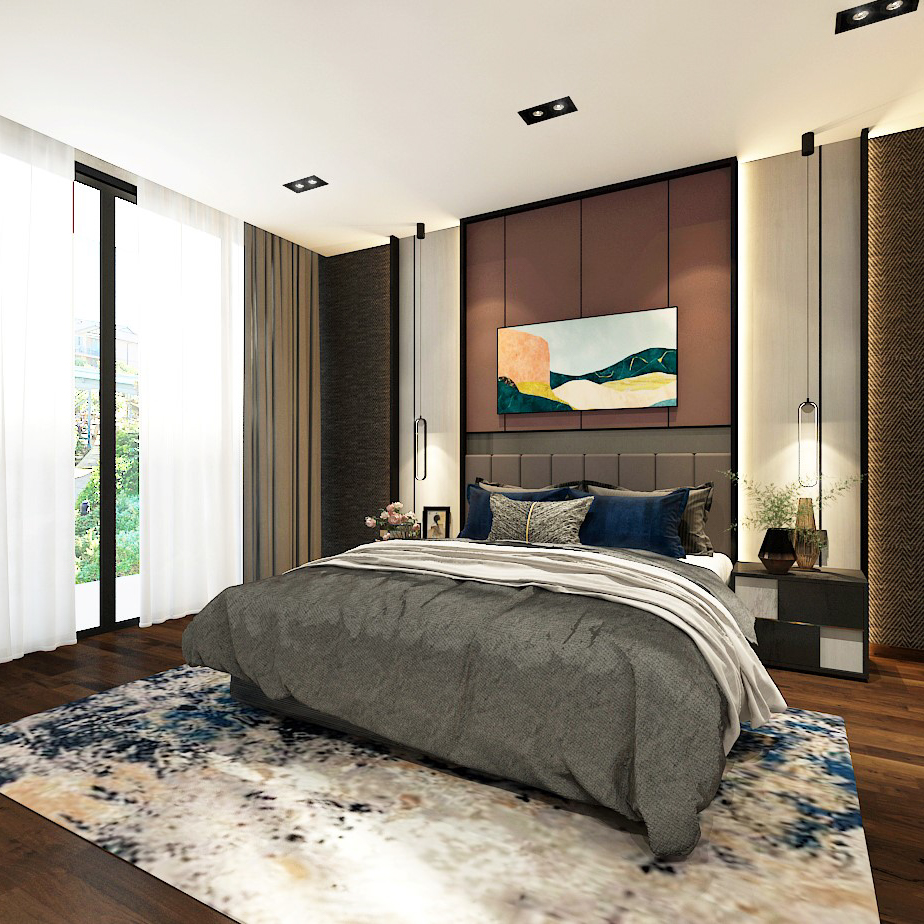Introduction
The Verner Panton Wall Lamp is a renowned piece of lighting design that was created by Danish designer Verner Panton in the 1960s. It has since become an iconic design, and still remains popular to this day. This article will explore the design and history of the Verner Panton Wall Lamp, as well as its impact on the design industry.
Design features
The Verner Panton Wall Lamp is made from a single flat sheet of metal that has been folded into a zigzag pattern to create a three-dimensional shape. It features a curved, organic form that is both aesthetically pleasing and functional. The lamp produces a soft, diffused light that is perfect for creating a relaxing atmosphere in any room.
The lamp is available in several different colours, including white, black, and silver. Its sleek, minimalist design makes it a versatile addition to any modern interior.
History
Verner Panton was a Danish designer who was known for his innovative and futuristic designs. He created the Panton Chair, which was the world’s first one-piece plastic chair, as well as the Flowerpot Lamp, which remains a popular design today.
The Verner Panton Wall Lamp was created in the 1960s, during a time when there was a surge of interest in space and futuristic design. Panton was heavily influenced by this trend, and the Wall Lamp reflects his interest in organic forms and vibrant colours.
Impact on the design industry
The Verner Panton Wall Lamp has had a significant impact on the design industry. Its unique design and use of materials were groundbreaking at the time, and it quickly became a symbol of the space age and the modernist movement.
The Wall Lamp has been included in several major design exhibitions, and it remains a sought-after piece by collectors and enthusiasts. Its influence can be seen in the work of many contemporary designers, who continue to experiment with new materials and forms.




More Stories
Enhance Your Space with a Modern Minimalist Bedroom Angel Wall Lamp
Enhance Your Bedroom with a Bamboo High Net Vertical Table Lamp
Illuminate Your Space with a Nordic Starry Sky Glass Chandelier